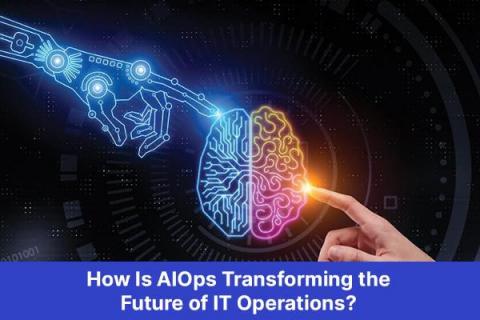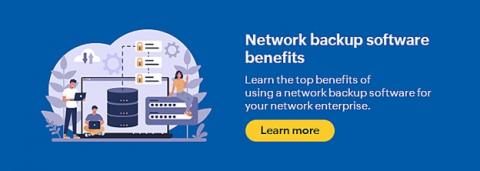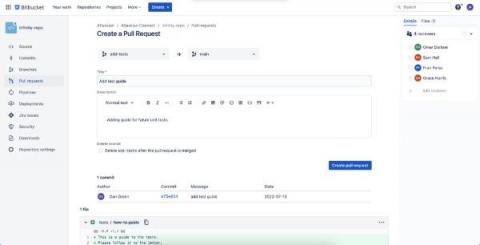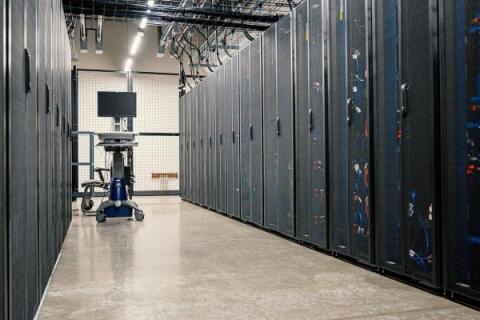5 Reasons Why QSR Outlet must have Asset Management Software
We know there are several businesses that heavily rely on types of equipment and assets in order to run their daily operations efficiently such as QSR businesses. That is why it is important to keep assets maintained. However, in these businesses, manual tracking methods are not effective, which is why asset management software is essential for Business. It provides several benefits to the QSR outlet. Although there are several businesses that utilize a spreadsheet in order to keep track of assets.











